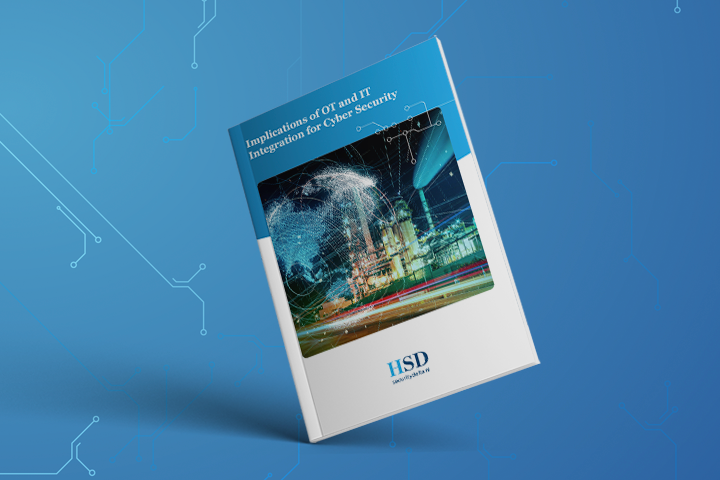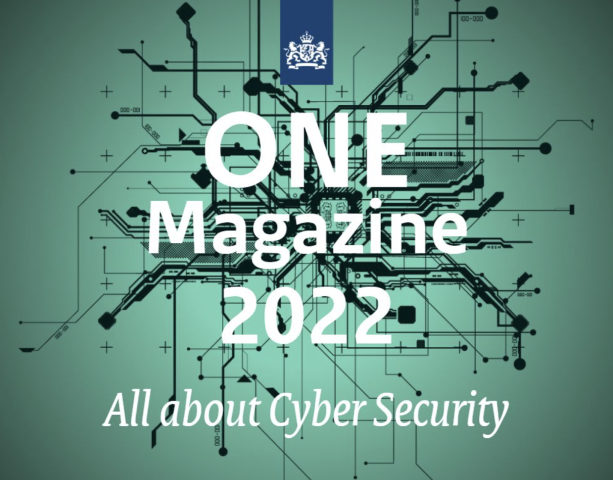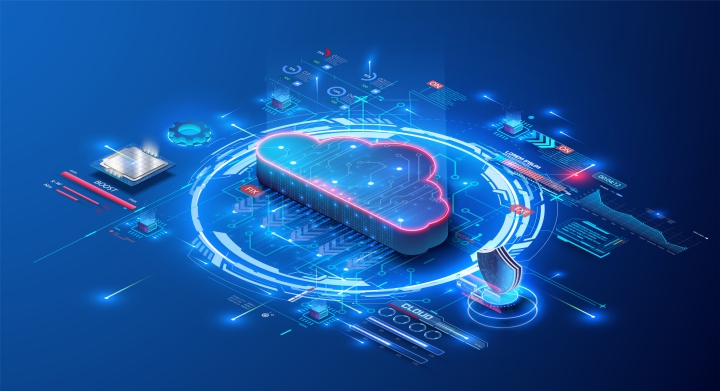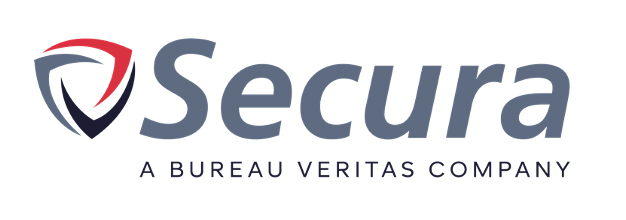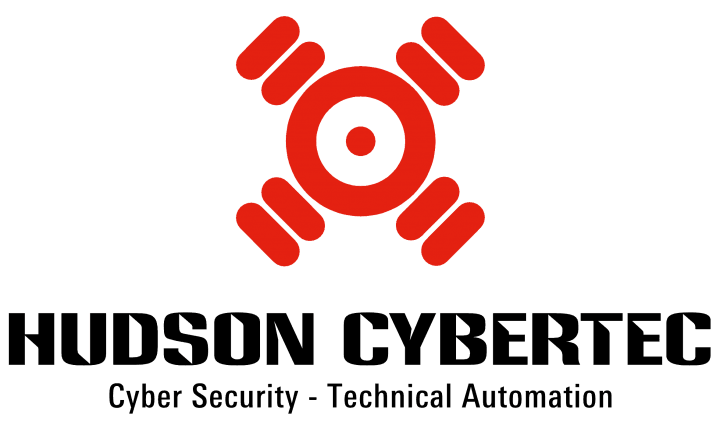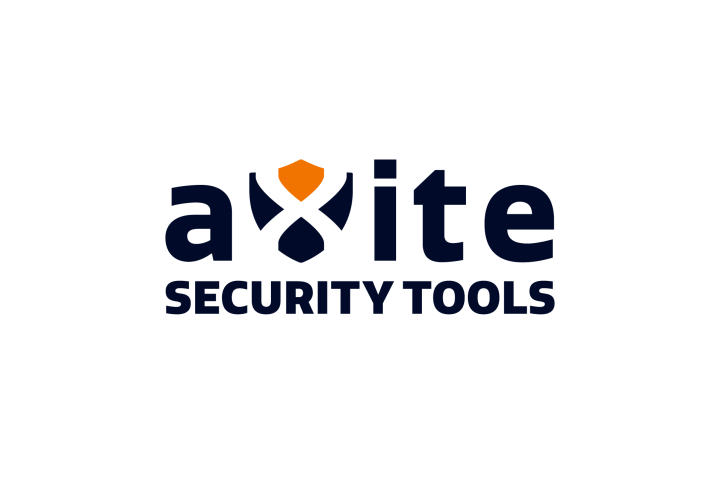Topic
Configuration & asset management
Asset management is primarily concerned with the acquiring, managing, tracking and disposing of physical devices — such as laptops, phones and software. It is not limited to IT and can encompass buildings as well. Asset Management tracks the physical, logistical, and financial aspects of each asset over its lifecycle (from acquisition to disposal).
Configuration management on the other hand is concerned with the use and configuration of service assets, rather than managing their costs or contracts, ownership and disposal. Configuration Items (CI) don’t have to be a physical object — they can also be services like bookkeeping.
Assets typically have:
- financial value that will depreciate over time;
- warranty information;
- customer support information.
Configuration management is primarily a technical or engineering practice rather than asset management, which is more of a business process. There are two critical aspects of configuration management:
- Service configuration: the assets that comprise a service and how they are connected;
- Item-level configuration: the technical configuration of the item itself. For example, in the case of a server, it’s operating system, patches, memory, disk drive capacity, and so forth.



